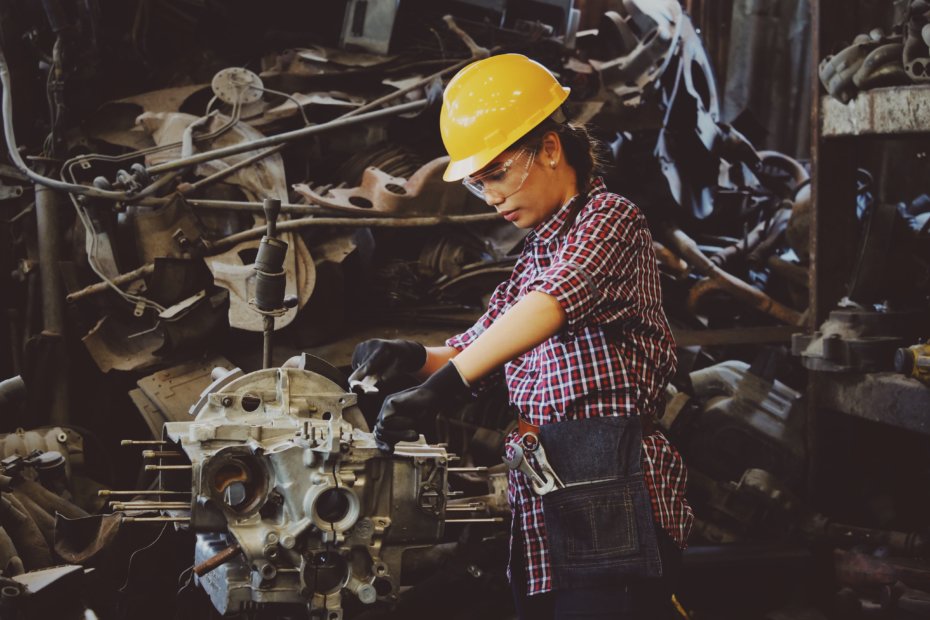People with disabilities are underrepresented in health professions education and practice. Barriers for inclusion include stigma, disabling discourses, discriminatory programme design and oppressive interactions. Current understandings of this topic remain descriptive and fragmented.
Supporting sexual and gender minority health-care workers
Sexual and/or gender minority health-care workers are subject to the heteronormativity and cisnormativity of society and often face open discrimination. Empowering these individuals to bring their full, authentic selves to work so that they can serve their patients and institutions with the totality of their strengths requires institutes and cisgender or straight allies to support LGBTQ+ communities by creating a culture of inclusivity and enacting progressive policies.
Essential but undervalued: Millions of health care workers aren’t getting the pay or respect they deserve in the COVID-19 pandemic
The COVID-19 pandemic has inspired an outpouring of public appreciation for the country’s frontline heroes, from television ads to firefighter salutes to essential worker toys. But while doctors and nurses deserve our praise, they are not the only ones risking their lives during the pandemic—in fact, they represent less than 20% of all essential health workers.
Childcare Stress, Burnout, and Intent to Reduce Hours or Leave the Job During the COVID-19 Pandemic Among US Health Care Workers
In this survey study, with 58 408 respondents conducted between April and December 2020, high CCS was associated with 80% greater odds of burnout in all health care workers.
Racism as Experienced by Physicians of Color in the Health Care Setting
Physicians of color are likely to experience significant racism while providing health care in their workplace settings, and they are likely to feel unsupported by their institutions when these experiences occur. Institutions seeking a more equitable workplace environment should intentionally include diversity and inclusion as part of their effort.
The SMB Guide to Success in the LGBTQ Market
If you own or manage a small or medium-sized business (SMB), this article is for you. With less resources to play around with, SMBs must pull on all available resources to effectively work with and market to a wide customer base focused on interests, not social demographics. That’s why SMBs must begin building strategies to effectively market to and work in an LGBTQ-affirming world.
20 Funding Sources for Black-Owned Businesses in 2023
Many African American small business owners face challenges with funding due to post-pandemic hardship, inflation, and fierce competition. Yet black-owned businesses have been integral to the U.S. economy in the past and present. To help you out, we’ve rounded up a list of 20 places where you can seek grants and funding for your business in 2023.
A Guide to Workplace Sexual Harassment And 9 Actionable Tips to Stop It Now
Sexual harassment is harassment based on the victim’s sex. It includes unwelcome sexual advances, requests for sexual favors and any other type of gender-based harassment including verbal, physical and psychological.
The 2019 State of Women Owned Businesses Report
To better understand how the economic growth of the past few years has influenced the dynamism of women-owned businesses, the 2019 State of Women-Owned Businesses Report compared 2019 to 2014 and 2018. The report looks at trends in the number of firms, employment and revenue across various factors, including but not limited to, the following: Nationally, Race and ethnicity, Sidepreneur, Company size, Industry, State, Top 50, metropolitan areas
Women in the Construction Workplace: Providing Equitable Safety and Health Protection
As increasing numbers of women enter the construction trades, concerns about their health and safety are growing. In addition to the primary safety and health hazards faced by all construction workers, there are safety and health issues specific to female construction workers. The small percentage of females within the construction trades and the serious health and safety problems unique to female construction workers have a circular effect. Safety and health problems in construction create barriers to women entering and remaining in this field. In turn, the small numbers of women workers on construction worksites foster an environment in which these safety and health problems arise or continue.










